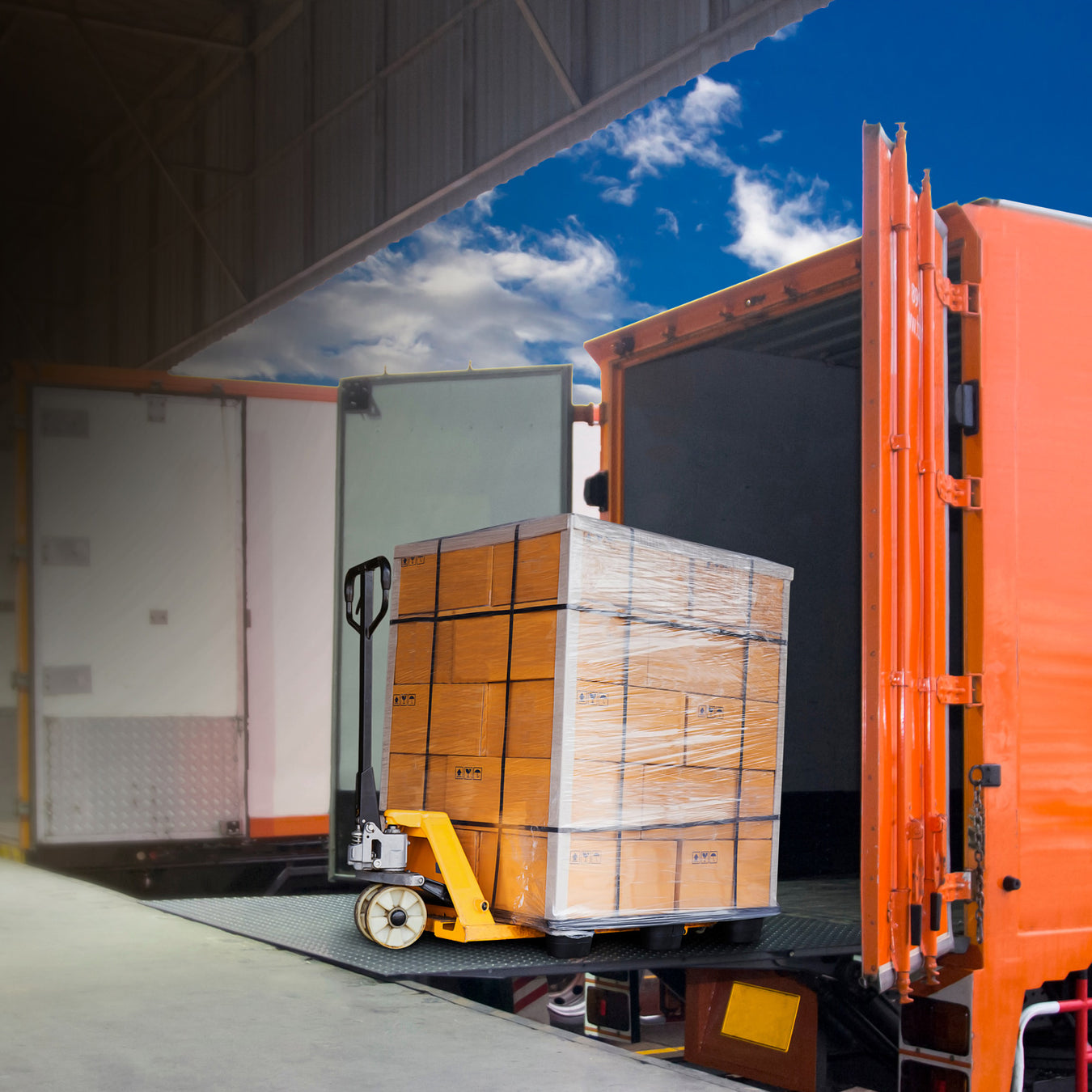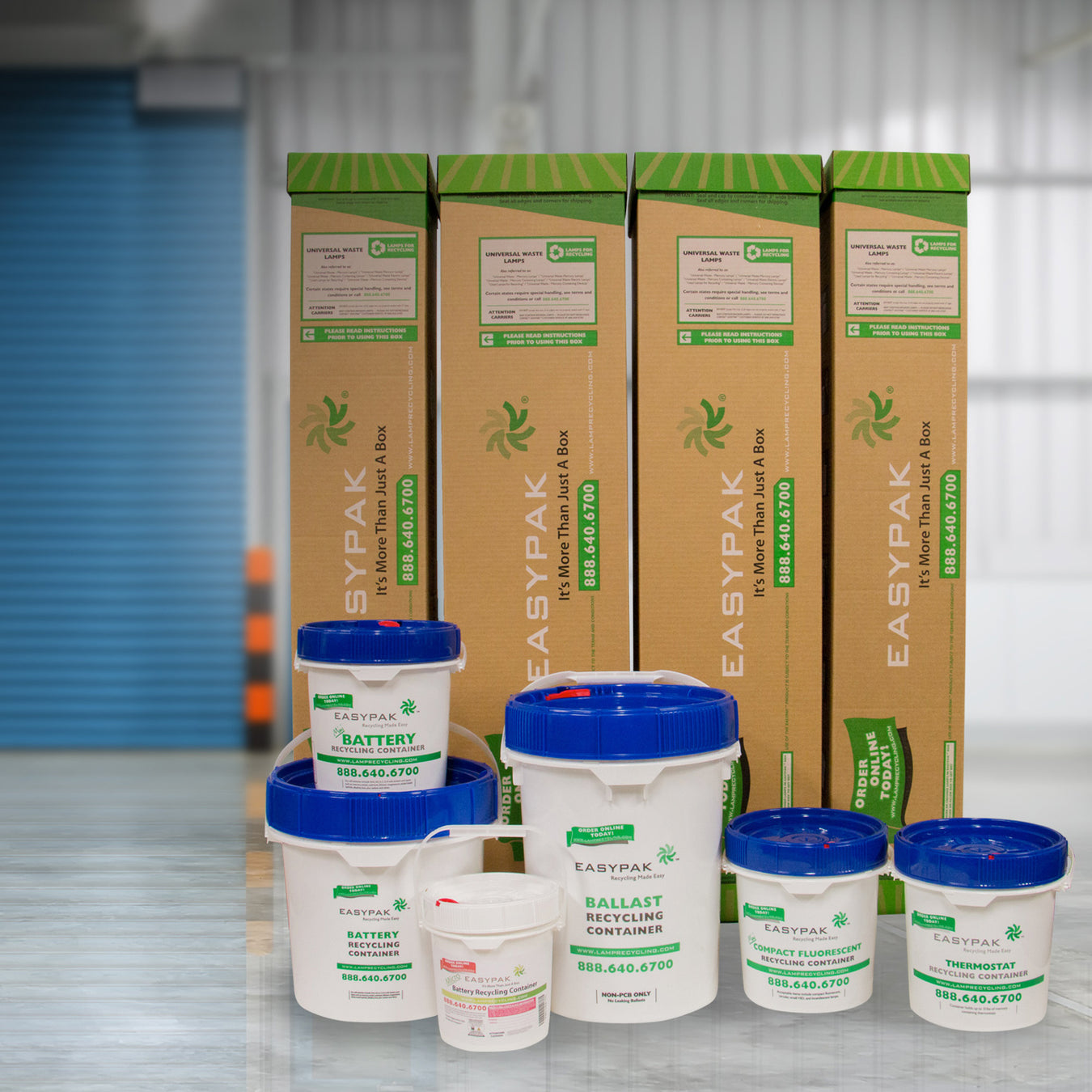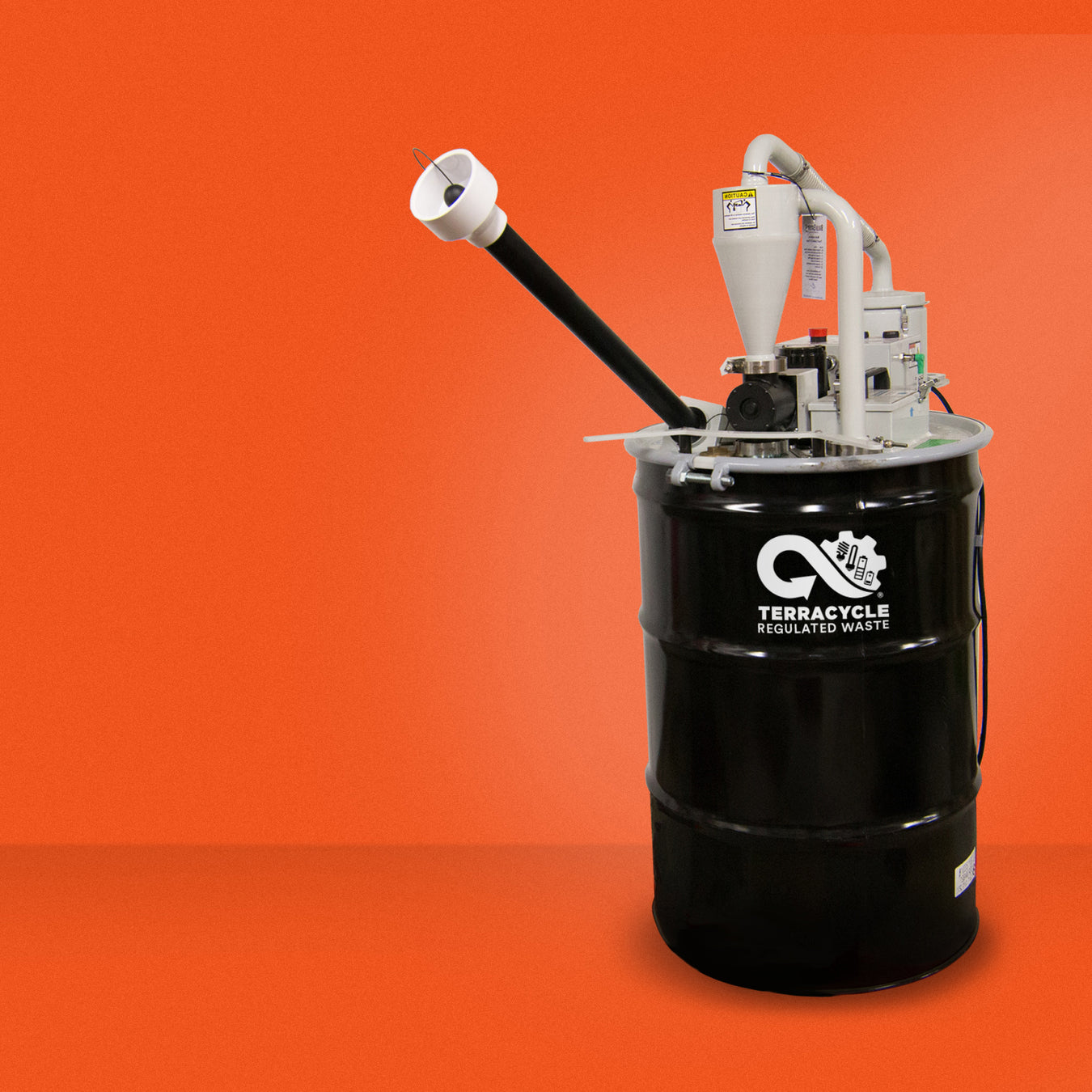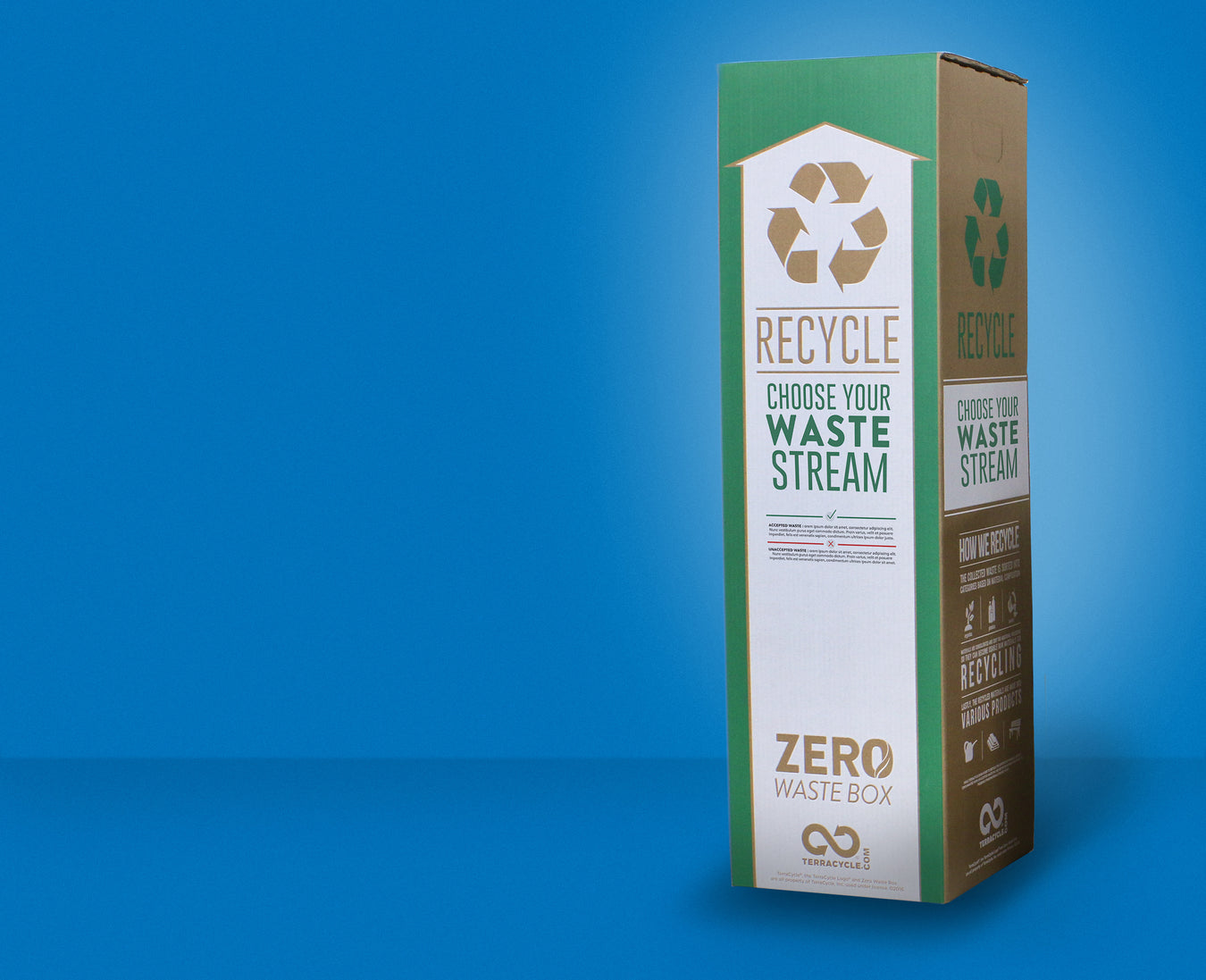Ballast Recycling
Schedule a Pickup Request a QuoteOther wastes:
Because of potential health hazards and the damaging effects to the environment resulting from improper disposal, any facility discarding ballasts containing PCB’s or other toxic components must have their ballasts disposed of by a permitted facility, according to government regulations. With Air Cycle’s Ballast Bulk Pickups, you can help your facility dispose of large amounts of ballasts properly, allowing you to help keep the environment clean, reduce your facility’s liability, and save money over other recycling solutions.
With Air Cycle Ballast Bulk Pickups you can:
- Have large amounts of ballasts picked up at your facility at your convenience
- Save money over other recycling solutions designed for smaller amounts of waste
- Recycle almost any type of ballast
- Track your recycling progress online 24/7with online recycling reports
Interested? Schedule a Pickup.
Contact us with any questions you may have.
FAQs
Why recycle ballasts?
Ballasts can contain many different components that are considered toxic such as PCBs and DEHPs. While ballasts manufactured after 1978 will be labeled “non-PCB” or “contains no PCB,” ballasts will not often be marked in any distinguishing manner to indicate the presence of DEHP. DEHP is a clear, odorless liquid, which began to take the place of PCBs in ballasts in 1978 and is known to cause both health and environmental problems.
Because of the environmental and health concerns regarding both PCBs and DEHPs, all liquid-containing ballasts (“wet ballasts”) are regulated waste and should be recycled.
If ballasts are not stored properly after use or are simply thrown away in the trash, these hazardous components can pose a serious threat to human and environmental health. Recycling ballasts insures that toxic components are removed, resulting in a safer workplace and a healthier environment. Also, government regulations are increasingly making improper disposal practices a liability, as many facilities that do not recycle their ballasts are fined and charged with landfill cleanup.
How do I know if bulk pickups are right for me?
Generally, bulk pickups are designed for facilities with over 150,000 square feet or with large amounts of battery waste. Because bulk pickups are scheduled at your convenience, you are able to decide when you want to receive them according to your facility’s needs.
How can I track my recycling progress?
Online recycling reports allow anyone who has utilized bulk pickup recycling services to receive detailed information about their facility’s recycling progress. Each report details specifically what types of waste were recycled, the amount recycled, and the date processed. These reports are available online 24/7 and are perfect for facility management reviews, “green” marketing initiatives, and more.
How should I package my ballasts for pickup?
Non-leaking ballast should be packaged in a 55- gallon steel drum with locking ring and lid. These drums must also be free of any other foreign material. Leaking ballasts should be placed in a plastic bag or a similar material to prevent contaminating the non-leaking ballast, and placed in a separate pail or drum.
I don’t have enough ballasts to justify a bulk pickup. What are my other options?
Bulk pickups are designed for facilities that have large amounts of ballasts. If this isn’t you, then you might want to consider EasyPak Recycling Containers. EasyPak containers can handle smaller amounts of ballasts, with the same individualized convenience and reporting functions as bulk pickups. Contact TCRW if you have any questions about your options.







